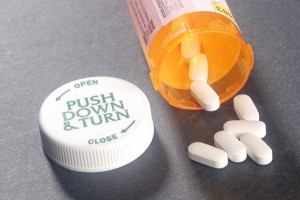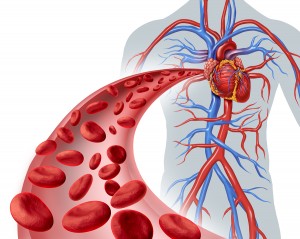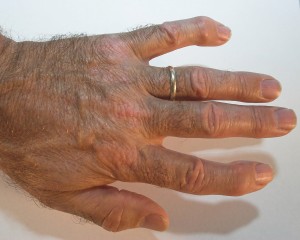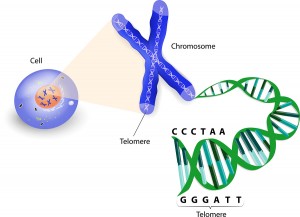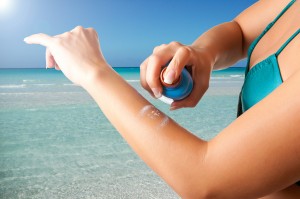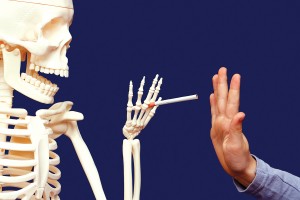This article is about experiments on humans with new statin drugs. The FDA released new statin drugs for use on a high-risk segment of the population with genetically high cholesterol. This has the name familial hypercholesterolemia and runs in families. There was a fast track for these drugs strictly to treat a high-risk population. There was a completion of smaller trials, but the the FDA expects the results of larger trials only for 2017. This leaves the uncomfortable question, whether physicians should prescribe these newer statins despite the lack of completion of proper trials. In other words, are we doing experiments on humans with the new statin drugs, when the final word regarding their safety is not out.
Introduction
There was a news release about this story. There are a number of new super cholesterol lowering drugs. Physicians administer them by injection. They reduce the LDL cholesterol fraction. Oxidation of LDL is what causes hardening of the arteries very quickly. What made the news right now is Amgen’s drug, evolocumab and Sanofi and Regeneron Pharmaceuticals’ drug, alirocumab. The traditional thinking is that when you lower the bad LDL cholesterol you would save the patient from heart attacks and strokes. I have blogged about the cholesterol story and statins in November 2013 pointing out that statins can hurt the consumer. One concerning side effect of statin therapy is myopathy, a painful muscle disorder where statins have to be discontinued.
We need to be cautious about simplifying cholesterol blood results
Cholesterol is vital for cell function, for insulation of nerve fibers (myelin sheaths) and for synthesis of our steroid hormones (sex hormones and vitamin D3, now considered to be a hormone). The medical establishment took most of the information regarding heart attack and stroke prevention from the ongoing Framingham study. This clearly pointed to the importance of lowering the LDL cholesterol fraction (the “bad” cholesterol) and maintaining or increasing the HDL fraction (the “good” cholesterol).
LDL delivers cholesterol to vital organs
LDL cholesterol is actually an important cholesterol fraction that the body uses as transport molecule to all vital organs like the heart, the skeletal muscles and the brain to replace lipids in cell membranes. It is inappropriate to label LDL cholesterol as the “bad cholesterol”. This is an oversimplification.
The assumption in the recent past was that LDL requires a reduction to prevent heart attacks and strokes. But strictly concentrating on this could hurt patients because vital organs require enough nutrients to replace their cell membranes. Without cell membranes there is no life!
Some details about what causes heart attacks and strokes
I like to explain how heart attacks and strokes develop. At the center of the problem is how hardening of the arteries develops. In the 1990’s and in the next decade, from 2000 to 2010 detailed research into this has been completed. It has shown that free radicals have a lot to do with hardening of the arteries. There is not one single cause, but a combination of multiple factors that cause hardening of the arteries. One of the key facts is that people in civilized countries consume too much sugar and starchy food. The digestive process of the gut metabolizes starch into sugar, which the blood absorbs. In response to all this sugar the pancreas secretes an overload of insulin every day.
High insulin levels cause inflammation
The high insulin levels cause inflammation, which releases a number of aggressive molecules that attack the lining of the arteries. Sugar also oxidizes the LDL cholesterol and the HDL cholesterol, which makes the LDL cholesterol more aggressive as it now reacts like a free radical. Macrophages take up the oxidized LDL cholesterol; they turn into fat-laden foam cells, which in turn burrow themselves under the lining of the arteries. Normally the HDL cholesterol incorporates oxidized LDL cholesterol and brings this to the liver for further processing. However, sugar oxidizes HDL itself and it loses its protective function. The end result is that there is an acceleration of the hardening of the arteries and when this reaches a critical point, a heart attack or stroke can occur.
We need to rethink how to prevent heart attacks and strokes
What struck me with the FDA decision is that they seem to doggedly hold on to the hypothesis that heart attacks and strokes develop from LDL cholesterol that is too high. If this were the case, statins would have worked wonders in terms of preventing heart attacks and strokes, yet the number one killer is still hardening of the arteries. What I wrote in my blog in November 2013 is still true.
The solution to preventing heart attacks and strokes may not be attractive to some, but it is found in a proper diet and exercise.
These points are important
- We need to cut out sugar and starchy foods. This includes grains. Kellogg’s and cohorts won’t be happy nor will be your friendly baker or the bakery department in your supermarket.
- A Mediterranean diet is now the gold standard and adding olive oil and nuts to it will be even more effective in reducing mortality from heart attacks and strokes.
- Exercise has been proven to elevate HDL cholesterol significantly, so why not do less sitting and do more moving? When you cut out sugar and starchy foods, HDL is fully functioning and this keeps the LDL cholesterol honest. This means that only LDL without oxidation reaches the vital organs for membrane exchange work, while HDL removes LDL with oxidation like a sponge and inactivates it in the liver.
Misleading statin trials without diet changes
This is all: a three-point approach with no statins and no super statins. Big Pharma does not like this, but the three-point approach was proven to be effective for several years (Ref. 1, 2 and 3).
What I find particularly concerning is the fact that most of the super statin trials will only come out with the full results in 2017. We witness that the FDA has approved these new super statins to be used on the most vulnerable people (familial hypercholesterolemia) on top of regular statins. I fail to see how vital organs can function, if the diet is not changed.
CoQ-10 is essential as a co-factor
It also disturbs me that the average physician does not recommend CoQ-10 as a supplement to counter at least some of the side-effects of statins and super statins. There was no such recommendation. I feel that the FDA allows patients with familial hypercholesterolemia to be subjected to a human experiment of this nature. They are receiving drugs that we do not fully know yet. After 2017 we will know whether they have reduced heart attack and stroke rates or not.
Conclusion
I remember very well from the 1980’s what the suggestions were treating patients with high cholesterol. Cholesterol-lowering drug guidelines told practicing physicians to first assess the patient’s diet and exercise status. If modifying these lifestyle factors were ineffective, we would then only be using the statin drugs to lower cholesterol levels. In the meantime the scenario has changed and experienced a complete reversal in terms of diets. The high carb /low fat diet has been replaced with the low carb/medium fat Mediterranean diet, which by itself can be very effective in reducing LDL cholesterol. Recently research has shown that adding olive oil and nuts can lower mortality from heart attacks and strokes even more. It seems that the FDA is completely ignoring all this research.
History teaches us
I think that physicians and patients alike would do well to remember the following. It all started with the introduction of sugar, starchy foods and processed foods into the civilized world about 100 years ago. This caused an increase of heart attacks and strokes because of the processes explained above. The real solution is the 3-point program suggested above. This will likely solve 80% to 90% of all cases of hardening of the arteries causing strokes and heart attacks. Physicians treated the rest cautiously with cholesterol lowering drugs, like the statins; however, there is no room for human experiments.
More info on arteriosclerosis (hardening of arteries).
References
1. Dr. Steven Masley, MD: “The 30-day Heart Tune-Up – A Breakthrough Medical Plan to Prevent and Reverse Heart Disease”, Center Street, A Division of Hachette Book Group Inc. New York, Boston, Nashville, USA © 2014
2. David Perlmutter, MD: “Grain Brain. The Surprising Truth About Wheat, Carbs, And Sugar-Your Brain’s Silent Killers.” Little, Brown and Company, New York, 2013.
3. William Davis, MD: “Wheat Belly Cookbook. 150 Recipes to Help You Lose the Wheat, Lose the Weight, and Find Your Path Back to Health”. Harper Collins Publishers LTD., Toronto, Canada, 2012.
